|
By Kathy Oakes March Madness! For birders, it’s all about the returning migrants. Swallows are some of the earliest arrivals and a sure sign of spring. It is a myth that swallows always return to their breeding areas on the same date. Their arrival may vary by up to two weeks from year-to-year, depending on the advance of warming temperatures. So, the (Cliff) swallows do not reliably return to San Juan Capistrano each year right on March 19 (as tradition would have it). In recent years, the swallows have not returned to Capistrano at all, having abandoned the old mission for more upscale digs at a nearby country club. Swallows are superb aerialists and feed on flying insects. Though they have small beaks, they have wide mouths, into which they scoop insects from the air while in flight. Swallows may also drink on the wing and even bathe on the wing, splashing briefly into the water before flying off. We have six swallow species in northern Nevada: Barn Swallows, Cliff Swallows, Tree Swallows, Violet-green Swallows, Northern Rough-winged and Bank Swallows.
Our other two swallow species, Northern Rough-winged and Bank Swallows, nest in holes in vertical banks near water and are less frequently observed. So, haul out your binoculars and field guide to a local water body and study our swallows. By fall, you could become an expert at swallow ID. Originally published in the March/April 2011 edition of the Pelican |
topics
All
Archives
July 2024
|
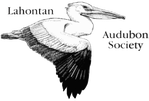

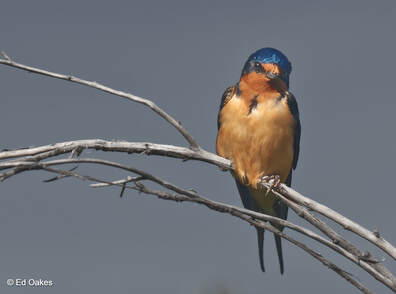
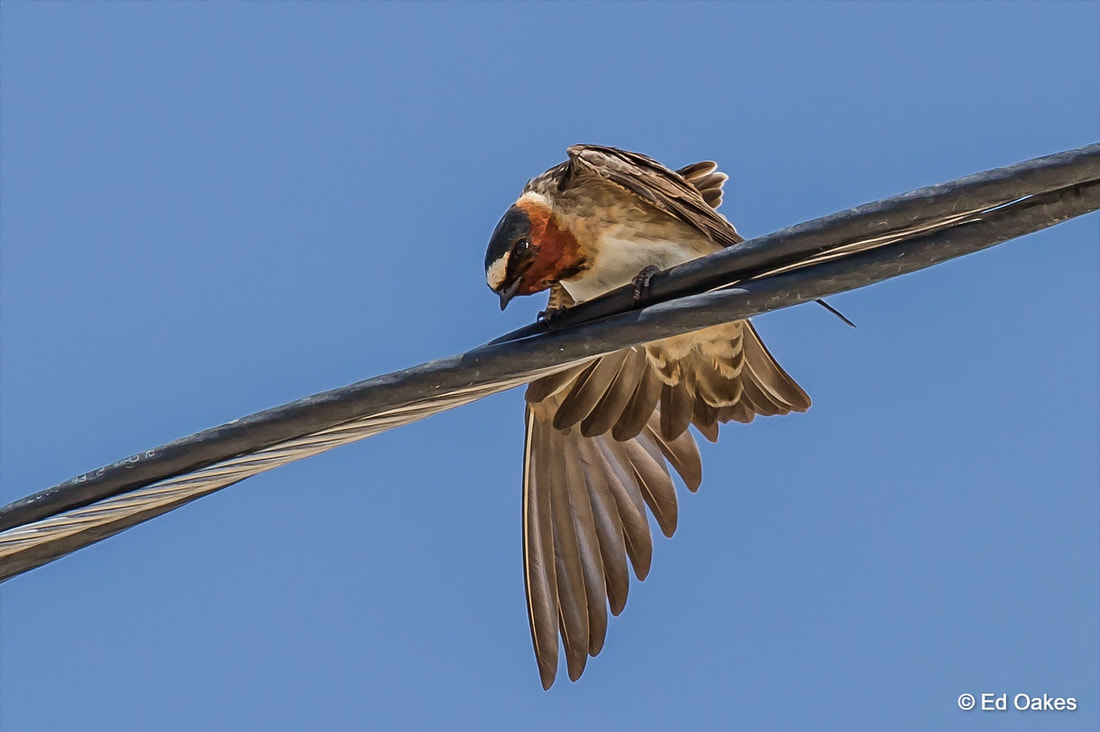
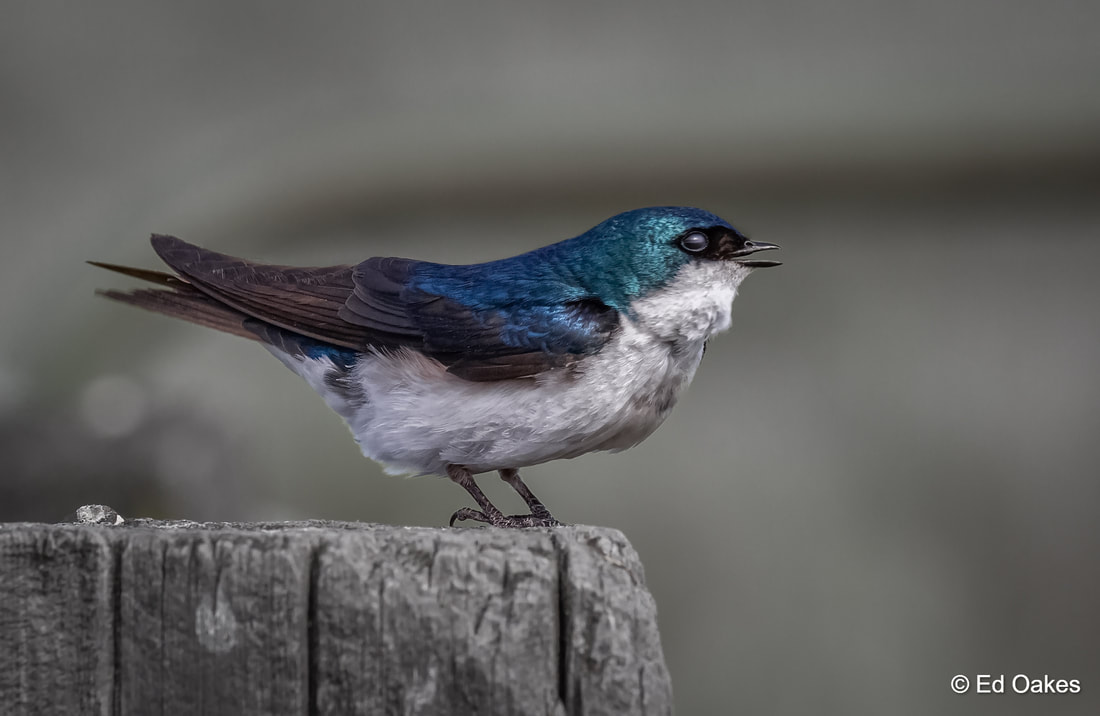
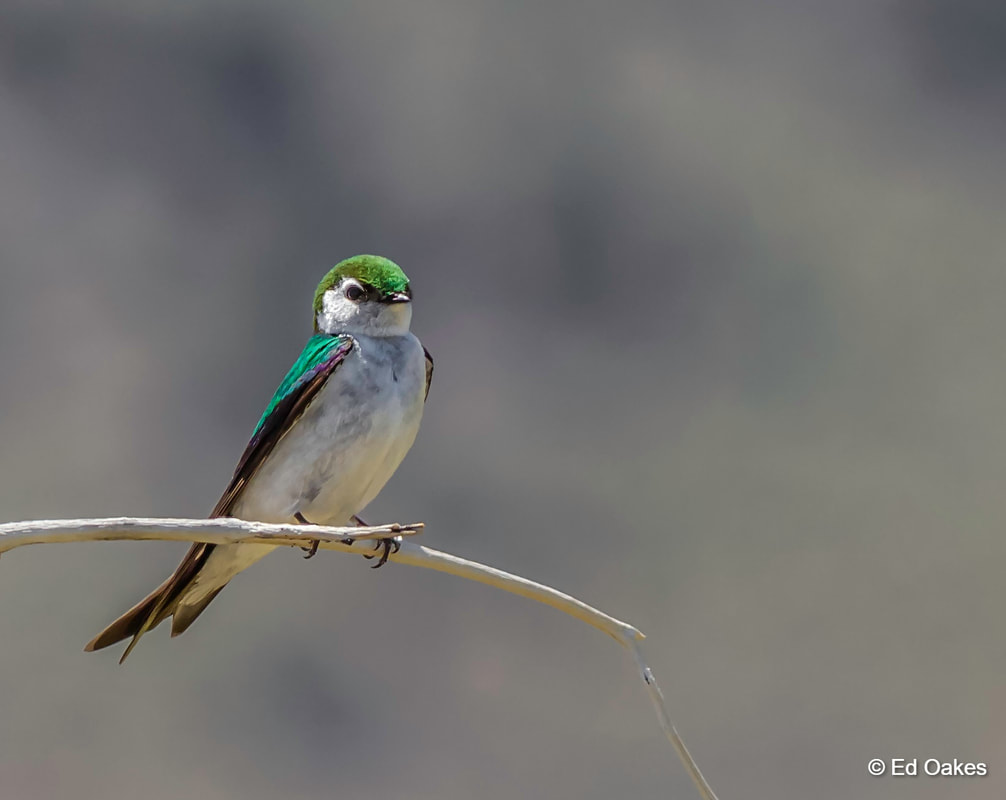
 RSS Feed
RSS Feed